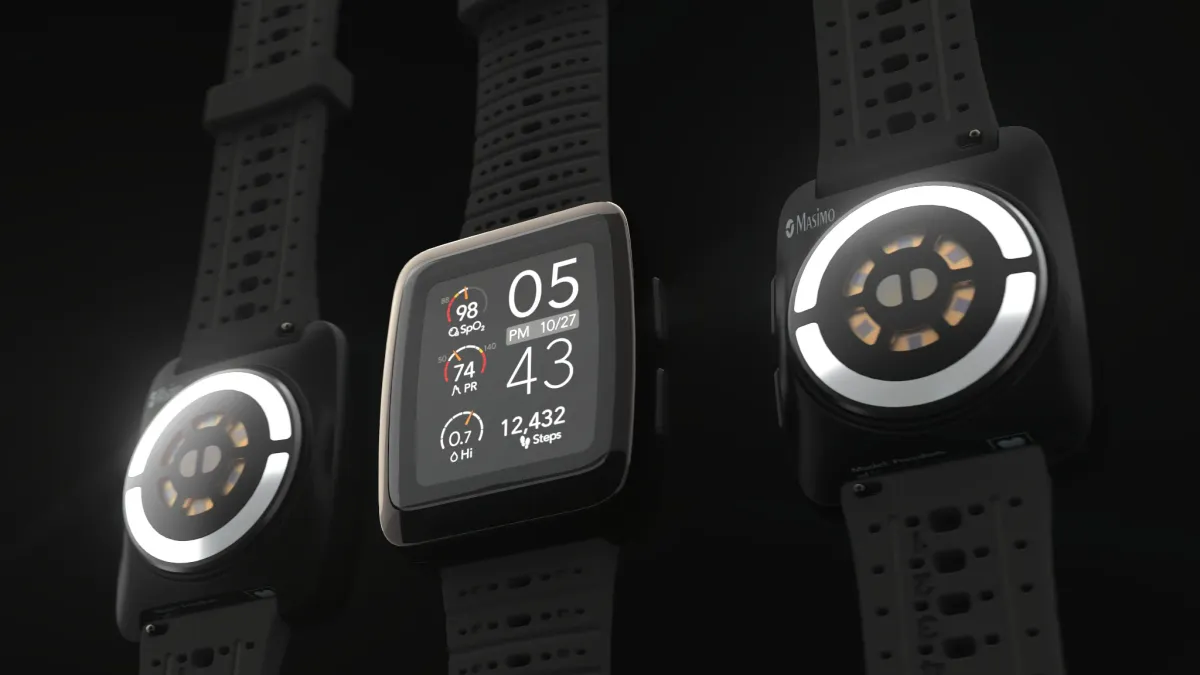Dive Brief:
- Masimo is connecting its passive health monitoring technology to the home entertainment system companies it bought recently in an effort to boost personal wellness.
- Through a software upgrade to Denon’s HEOS entertainment system and Masimo’s Home Health Hubs, the company said personal health information can be shared with clinicians over Masimo’s servers.
- The expansion comes as Masimo and another passive monitoring maker, AliveCor, are locked in a legal battle with Apple, which the two firms allege stole their monitoring technology to use in the Apple Watch.
Dive Insight:
Integrating home entertainment systems with patient care data comes as wearables for chronic conditions from diabetes to heart disease are becoming cheaper and more common. The offer clinicians and caretakers the ability to monitor patients and react quickly to changes in medical conditions.
The move also clarifies why Masimo, the Irvine, California-based maker of passive monitors like the new W1 health tracking watch, in April acquired Sound United, the owner of a number of well-known audio brands including Bowers & Wilkins, Denon, Polk Audio, Marantz, and Boston Acoustics.
At the time, Masimo CEO Joe Kiani said the audio firms’ home automation technologies would “bring about natural and yet non-intuitive solutions to people around the globe in home and in hospitals.”
The first example has now hit the market. Masimo said in its statement that initially, a software upgrade can enable 20,000 Denon HEOS home entertainment systems and Masimo’s own connected device, the Home Health hub. By the end of next year, the company said it will activate about 4 million devices.
The wireless system can connect multiple devices and apps and is capable of voice control.
As users move around their homes, health data, including oxygen saturation, pulse rate, respiration rate, hydration, and temperature, are available continuously, the company said. The platform also will let users host telehealth sessions over their existing home TV and audio system without requiring users to switch to a home computer, which can prove challenging for older or less mobile patients.











